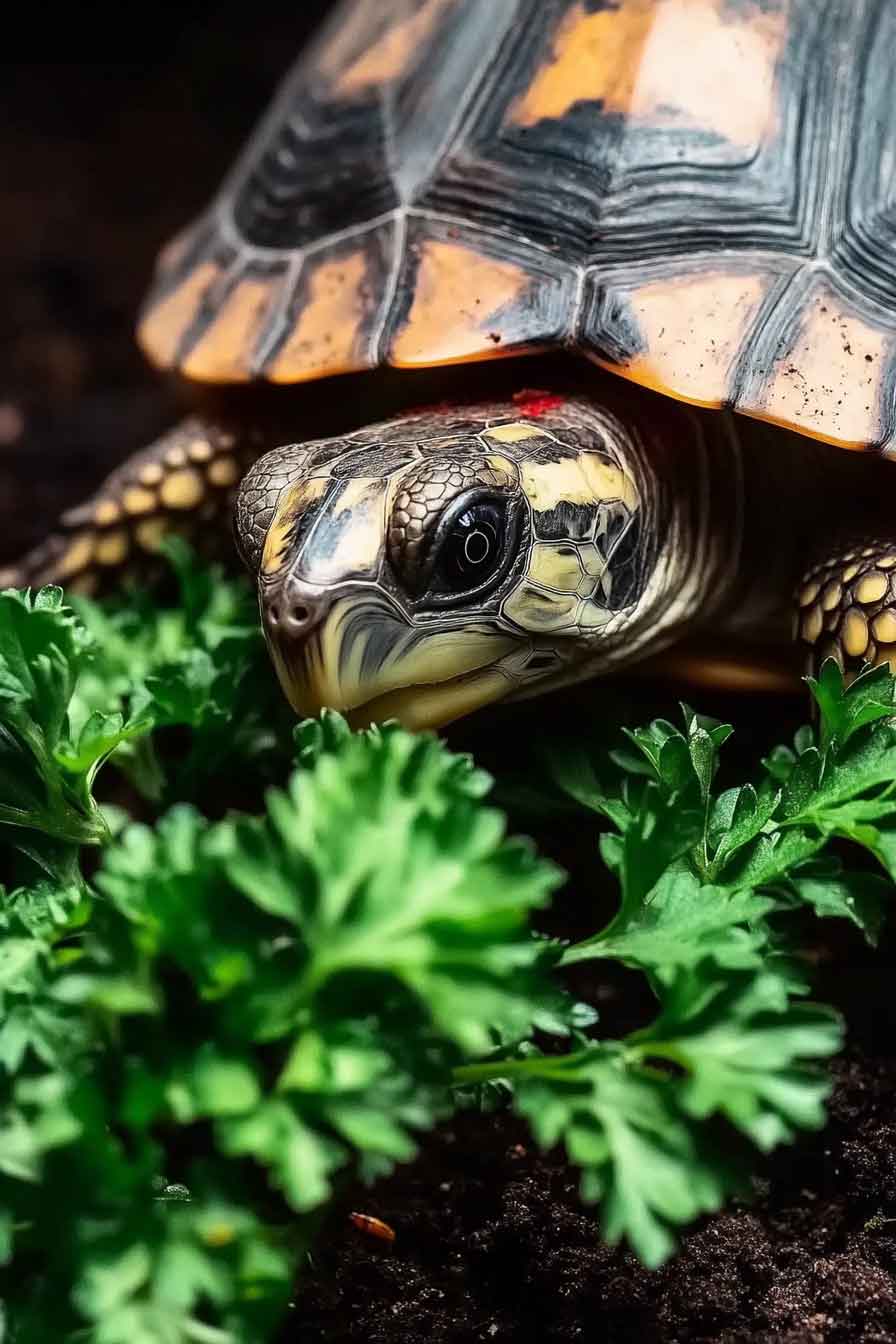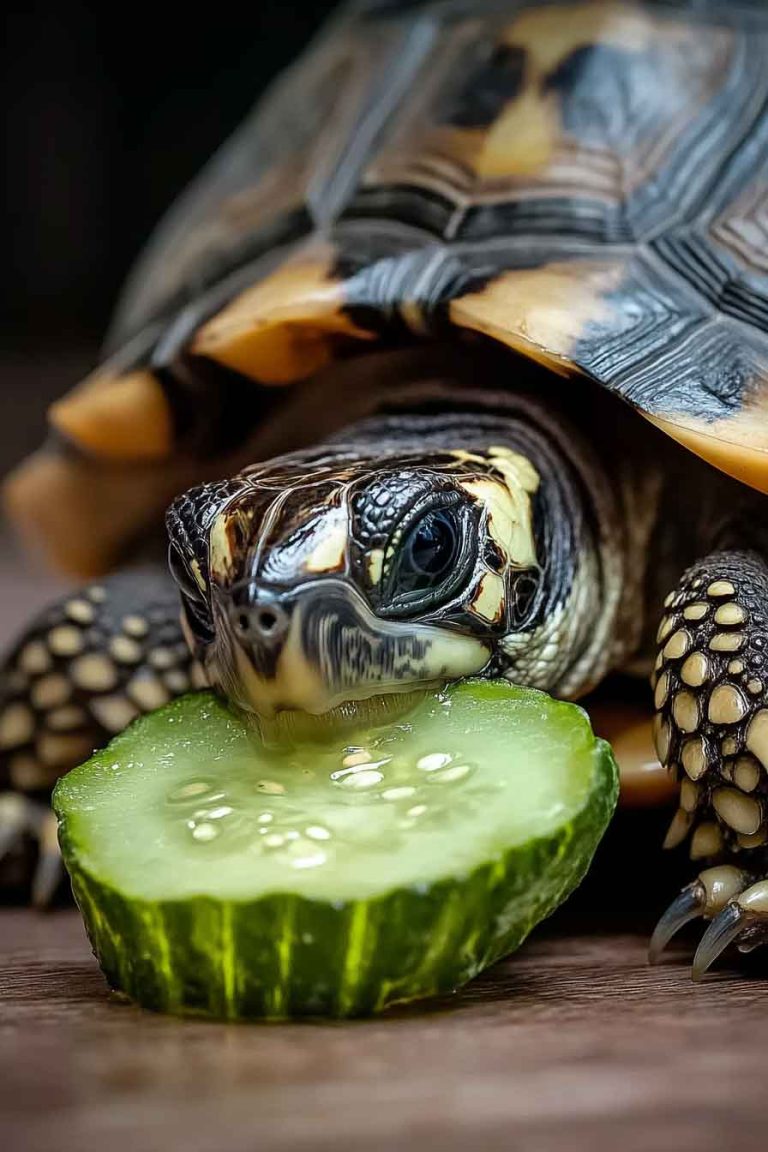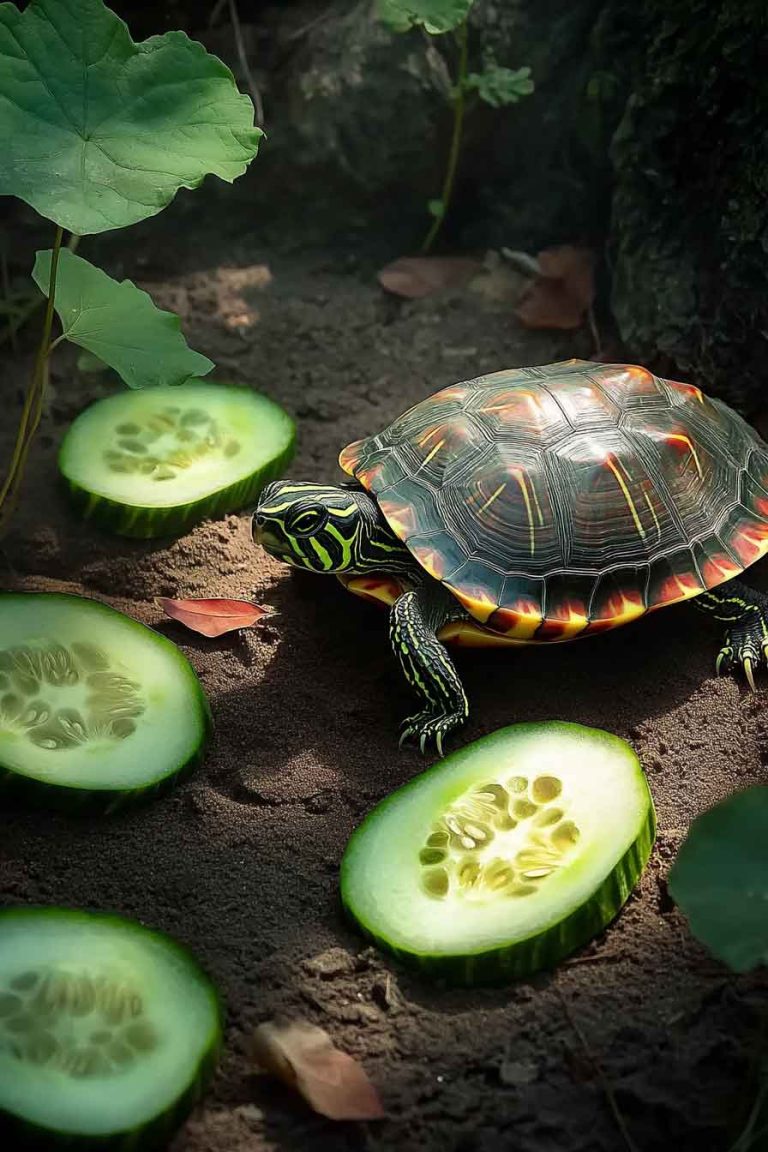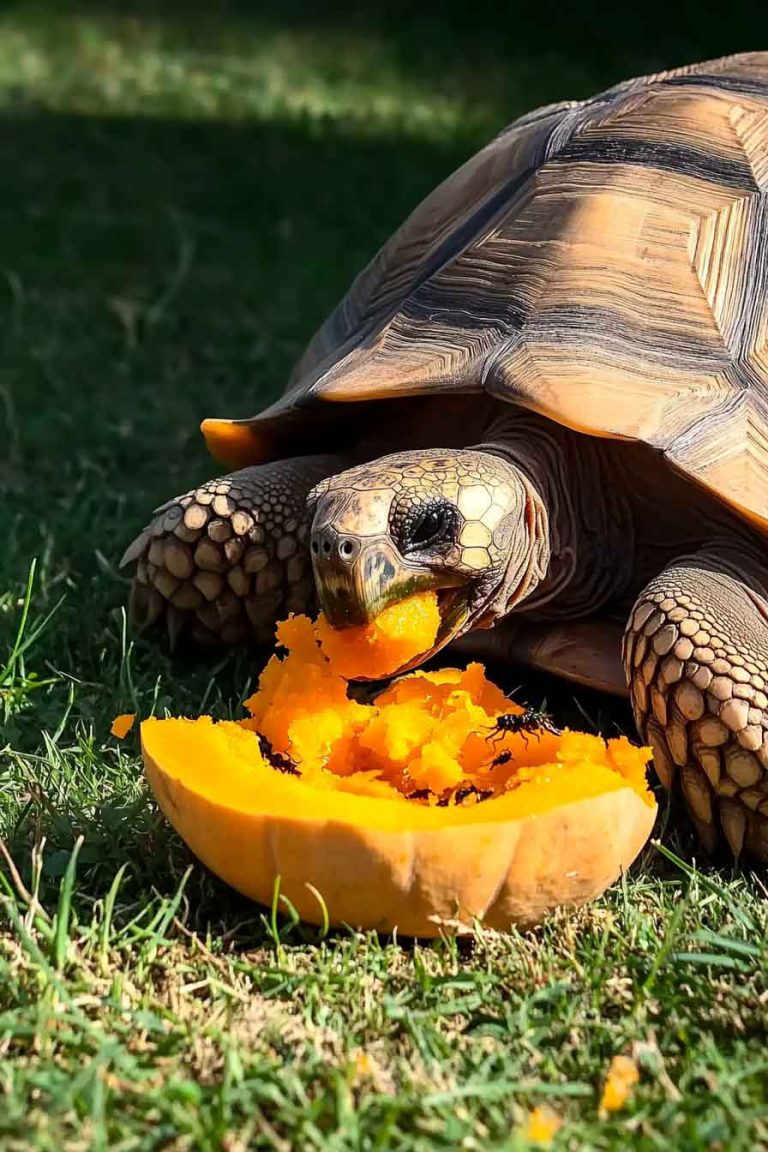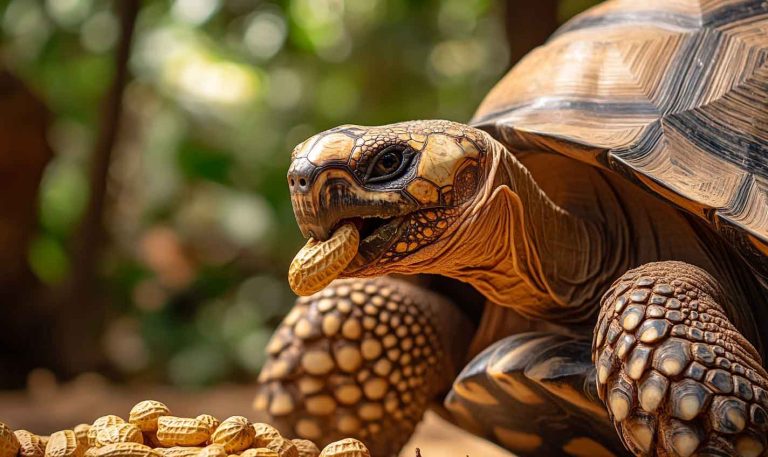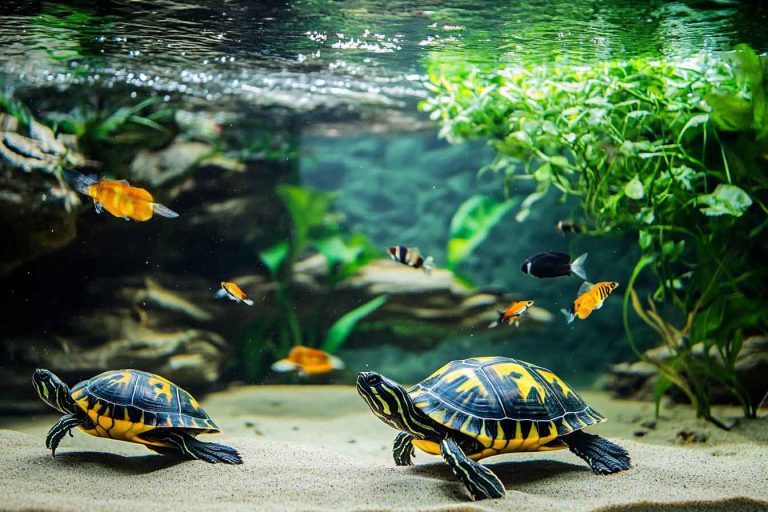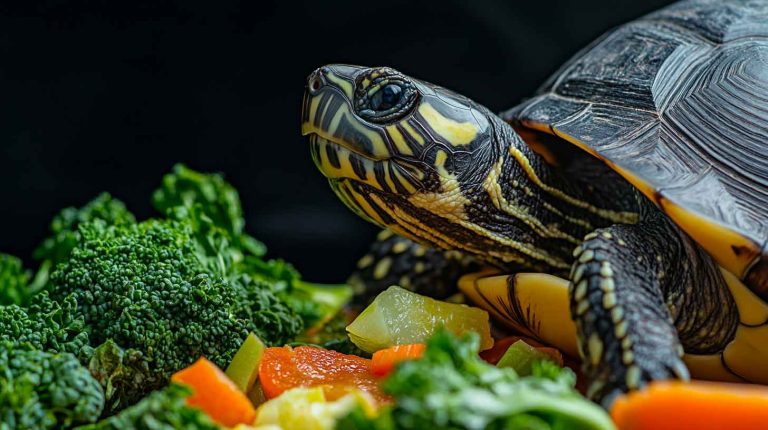Can Turtles Eat Parsley? (Safe Types & What You Should Know)
As a turtle owner, I often find myself wondering which foods I can safely share with my shelled companion. It’s natural to want to offer fresh herbs and vegetables to our pets, especially when we’re preparing our own meals. One herb that frequently comes up in discussions is parsley – that vibrant green garnish we…
As a turtle owner, I often find myself wondering which foods I can safely share with my shelled companion. It’s natural to want to offer fresh herbs and vegetables to our pets, especially when we’re preparing our own meals. One herb that frequently comes up in discussions is parsley – that vibrant green garnish we often see decorating our plates.
So, can turtles eat parsley? The answer is yes – turtles can eat parsley, but with important considerations. Parsley can be a nutritious addition to your turtle’s diet when given in moderation. However, not all types of parsley are created equal, and there are specific guidelines you need to follow to ensure your turtle’s safety and health.
In this article, I’m going to share everything I’ve learned about feeding parsley to turtles. I’ll cover which types are best, how much to offer, and what precautions you should take. Keep reading if you want to make informed decisions about your turtle’s diet.
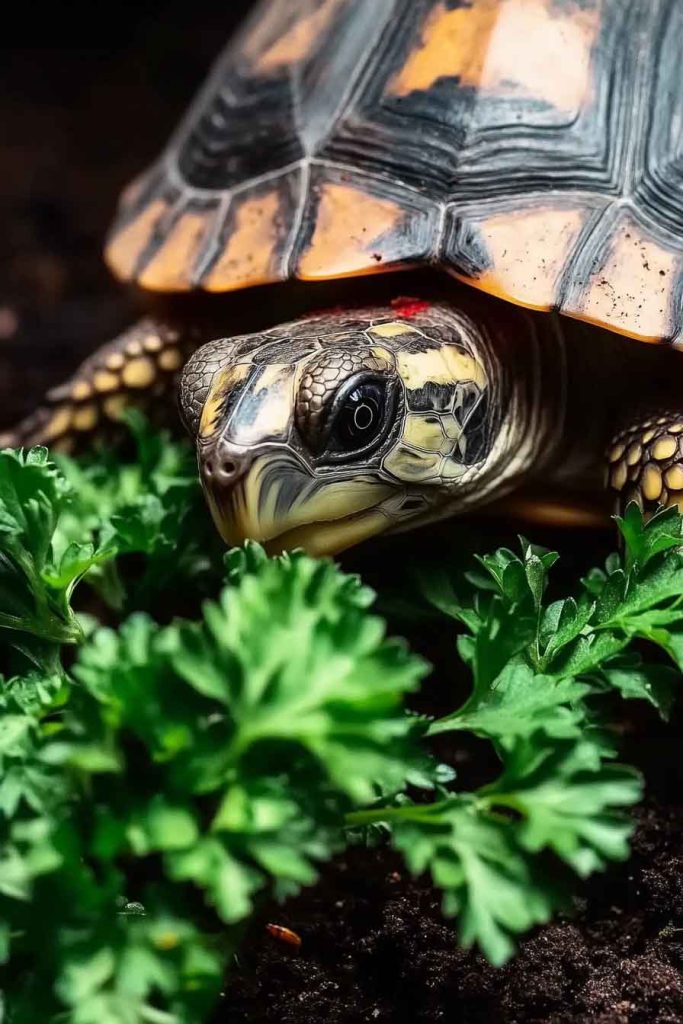
Can You Feed Parsley To Your Pet Turtle?
The short answer is – yes, but with caution. Since parsley is an herb, many people assume it’s automatically safe for turtles. While parsley isn’t toxic like some other plants, it does require careful consideration before adding it to your turtle’s menu.
Turtles can benefit from the nutritional content in parsley, but their digestive systems are quite different from ours. I’ve learned that moderation is absolutely key when it comes to feeding any new food to my turtle. Let me break down the nutritional content found in 100 grams of fresh parsley:
Carbohydrates: 6.33 g
Protein: 2.97 g
Fiber: 3.3 g
Calcium: 138 mg
Phosphorus: 58 mg
Vitamin C: 133 mg
Vitamin K: 1640 mcg
Folate: 152 mcg
Iron: 6.2 mg
Potassium: 554 mg
Magnesium: 50 mg
Looking at this nutritional profile, I can see both benefits and concerns. The good news is that parsley has an excellent calcium to phosphorus ratio of approximately 2.4:1, which is actually better than the ideal 2:1 ratio that turtles need. This means parsley can contribute positively to your turtle’s bone and shell health.
However, I notice that parsley is extremely high in Vitamin K and contains significant amounts of oxalates (compounds that can interfere with calcium absorption). This is why I always emphasize moderation when feeding parsley to my turtle.
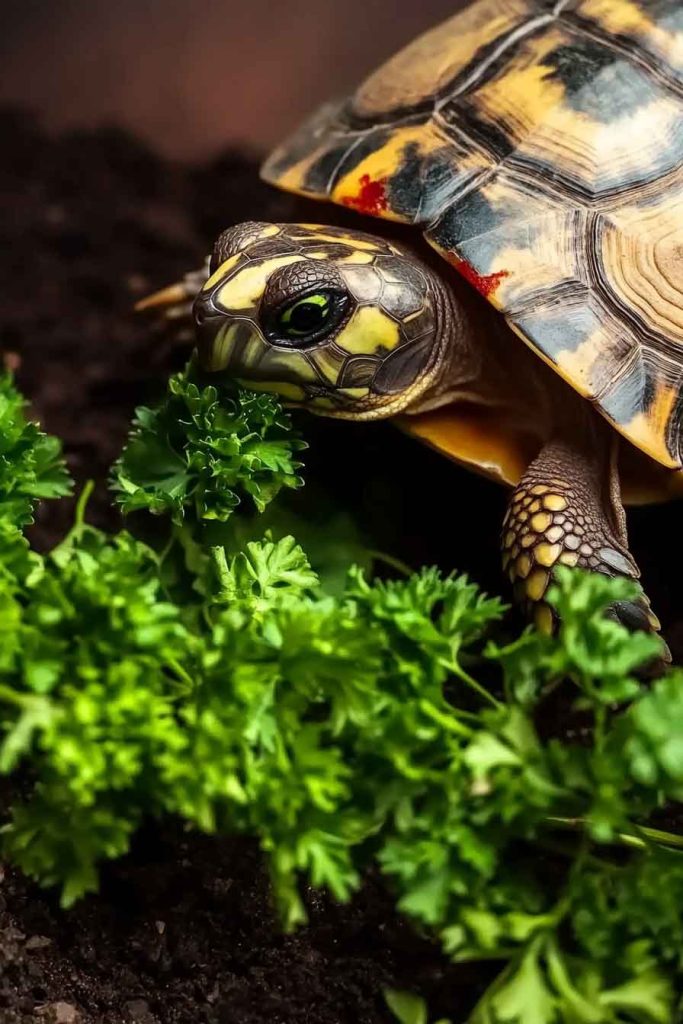
Which Type of Parsley Is Preferable for Turtles?
When I first started researching parsley for my turtle, I discovered there are actually several varieties available. The two most common types you’ll find in grocery stores are curly parsley (Petroselinum crispum) and flat-leaf parsley, also known as Italian parsley (Petroselinum crispum var. neapolitanum).
From my experience and research, flat-leaf parsley is the preferable choice for turtles. Here’s why I recommend it over curly parsley:
Flat-Leaf Parsley Benefits:
- Lower oxalate content compared to curly parsley
- Easier for turtles to digest
- Less bitter taste, making it more appealing to most turtles
- Softer texture that’s gentler on their digestive system
Curly Parsley Considerations:
- Higher in oxalates, which can bind calcium
- Tougher, more fibrous texture
- Stronger, more bitter flavor that some turtles reject
- Can be harder for smaller turtles to chew properly
I’ve also come across root parsley (Hamburg parsley), but I don’t recommend this variety for turtles. The root contains higher concentrations of compounds that can be problematic for reptiles.
Do Turtles Like Parsley?
In my experience, turtles have individual preferences just like we do. Some of my friends’ turtles absolutely love parsley, while others show little interest. Most turtles I’ve observed tend to prefer flat-leaf parsley over the curly variety, likely due to its milder taste and softer texture.
I’ve noticed that turtles often need time to warm up to new foods. The first time I offered parsley to my turtle, there was some hesitation. But after a few attempts, it became an accepted part of the rotation. If your turtle initially rejects parsley, don’t be discouraged – try offering small amounts mixed with their favorite foods.
Health Benefits of Parsley for Turtles
When given appropriately, parsley can offer several health benefits for your turtle:

Calcium Support: With its excellent calcium-to-phosphorus ratio, parsley can contribute to strong shell and bone development. This is particularly important for growing turtles.
Antioxidant Properties: The high vitamin C content acts as an antioxidant, supporting your turtle’s immune system and overall health.
Digestive Health: The fiber content in parsley can aid in healthy digestion when given in small amounts.
Hydration: Fresh parsley has high water content, which can contribute to your turtle’s hydration needs.
Variety in Diet: Adding parsley provides dietary variety, which is important for psychological well-being and nutritional balance.
Health Risks and Precautions When Feeding Parsley to Turtles
While parsley can be beneficial, I’ve learned that there are important risks to consider. Even good foods can become problematic when not given properly.
Oxalate Content
The primary concern I have with parsley is its oxalate content. Oxalates are naturally occurring compounds that can bind with calcium in your turtle’s digestive system, potentially leading to calcium deficiency over time. This is particularly concerning because calcium is crucial for shell and bone health.
When I feed parsley to my turtle, I always ensure it’s balanced with calcium-rich foods and never make it a daily staple. The key is moderation and variety.
Vitamin K Overdose
Parsley is exceptionally high in Vitamin K – much higher than most turtles need. While Vitamin K is important for blood clotting, excessive amounts can interfere with other nutrients and potentially cause health issues.
Kidney Stone Risk
The combination of high oxalates and other minerals in parsley can contribute to kidney stone formation if fed in large quantities over time. I’ve seen this happen with other turtle owners who weren’t careful about portion sizes.
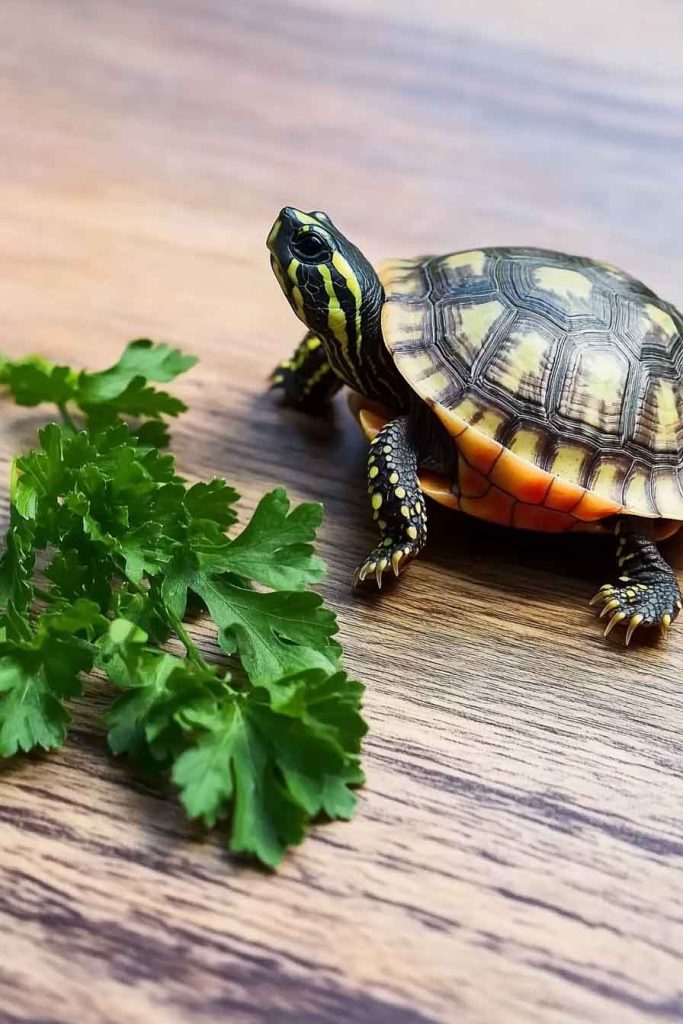
How Much Parsley Should Turtles Eat?
Based on my research and consultation with reptile veterinarians, I follow these guidelines for feeding parsley:
Frequency: No more than once or twice per week Portion Size: A few small leaves (about the size of your turtle’s head) Preparation: Always fresh, thoroughly washed, and finely chopped for smaller turtles
I treat parsley as a supplemental food, not a main component of the diet. It should never make up more than 5% of your turtle’s total food intake.
Can You Feed Parsley to Baby Turtles?
I’m very cautious about feeding parsley to baby turtles. Their digestive systems are still developing, and they’re more sensitive to dietary imbalances. If you have a baby turtle, I recommend waiting until they’re at least 6 months old before introducing parsley.
When I do introduce parsley to young turtles, I start with tiny amounts – just a few finely minced pieces – and monitor them closely for any digestive upset.
Frequently Asked Questions (FAQs)
Can Box Turtles Eat Parsley? Yes, box turtles can eat parsley following the same guidelines. Since box turtles are omnivores with varied diets, they often accept parsley well. However, the same moderation rules apply.
Can Red-Eared Slider Turtles Eat Parsley? Red-eared sliders can safely eat small amounts of parsley. I’ve found that they often enjoy the taste, but their semi-aquatic nature means they get most of their nutrition from aquatic plants and proteins. Parsley should remain a occasional treat.
Can Painted Turtles Eat Parsley? Painted turtles can eat parsley in moderation. Like other aquatic species, they don’t naturally encounter parsley in the wild, so it should be offered sparingly as part of a varied diet.
Is Dried Parsley Safe for Turtles? I don’t recommend dried parsley for turtles. The drying process concentrates the oxalates and removes much of the water content that provides hydration benefits. Fresh parsley is always the better choice.
Conclusion
Parsley can be a healthy addition to your turtle’s diet when used correctly. I’ve learned that flat-leaf parsley is preferable over curly varieties, and moderation is absolutely essential. The excellent calcium-to-phosphorus ratio makes it beneficial for shell health, but the high oxalate and Vitamin K content means it should never be a daily food.
Remember, every turtle is different. What works for my turtle might not work for yours. I always recommend starting with tiny amounts and observing your turtle’s response. When in doubt, consult with a reptile veterinarian who can provide personalized advice based on your turtle’s specific needs.
The most important thing I’ve learned as a turtle owner is that variety and balance are key to a healthy diet. Parsley can be part of that variety, but it should never replace the staple foods that form the foundation of good turtle nutrition.

